Mohamed Karim Belaid
LossVal: Efficient Data Valuation for Neural Networks
Dec 05, 2024Abstract:Assessing the importance of individual training samples is a key challenge in machine learning. Traditional approaches retrain models with and without specific samples, which is computationally expensive and ignores dependencies between data points. We introduce LossVal, an efficient data valuation method that computes importance scores during neural network training by embedding a self-weighting mechanism into loss functions like cross-entropy and mean squared error. LossVal reduces computational costs, making it suitable for large datasets and practical applications. Experiments on classification and regression tasks across multiple datasets show that LossVal effectively identifies noisy samples and is able to distinguish helpful from harmful samples. We examine the gradient calculation of LossVal to highlight its advantages. The source code is available at: https://github.com/twibiral/LossVal
Pairwise Difference Learning for Classification
Jun 28, 2024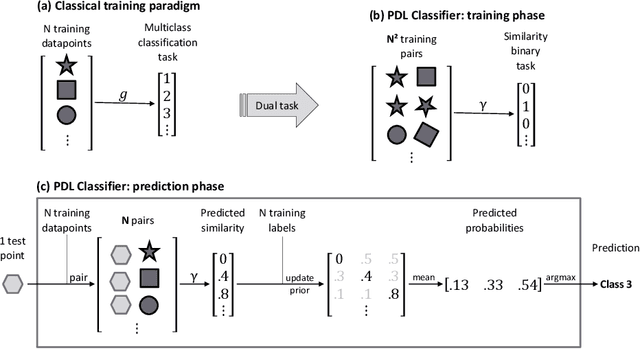

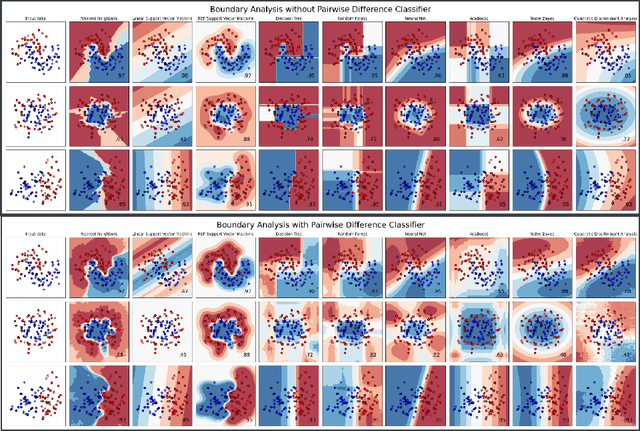

Abstract:Pairwise difference learning (PDL) has recently been introduced as a new meta-learning technique for regression. Instead of learning a mapping from instances to outcomes in the standard way, the key idea is to learn a function that takes two instances as input and predicts the difference between the respective outcomes. Given a function of this kind, predictions for a query instance are derived from every training example and then averaged. This paper extends PDL toward the task of classification and proposes a meta-learning technique for inducing a PDL classifier by solving a suitably defined (binary) classification problem on a paired version of the original training data. We analyze the performance of the PDL classifier in a large-scale empirical study and find that it outperforms state-of-the-art methods in terms of prediction performance. Last but not least, we provide an easy-to-use and publicly available implementation of PDL in a Python package.
Optimizing Data Shapley Interaction Calculation from O(2^n) to O(t n^2) for KNN models
Apr 02, 2023



Abstract:With the rapid growth of data availability and usage, quantifying the added value of each training data point has become a crucial process in the field of artificial intelligence. The Shapley values have been recognized as an effective method for data valuation, enabling efficient training set summarization, acquisition, and outlier removal. In this paper, we introduce "STI-KNN", an innovative algorithm that calculates the exact pair-interaction Shapley values for KNN models in O(t n^2) time, which is a significant improvement over the O(2^n)$ time complexity of baseline methods. By using STI-KNN, we can efficiently and accurately evaluate the value of individual data points, leading to improved training outcomes and ultimately enhancing the effectiveness of artificial intelligence applications.
After All, Only The Last Neuron Matters: Comparing Multi-modal Fusion Functions for Scene Graph Generation
Nov 09, 2020



Abstract:From object segmentation to word vector representations, Scene Graph Generation (SGG) became a complex task built upon numerous research results. In this paper, we focus on the last module of this model: the fusion function. The role of this latter is to combine three hidden states. We perform an ablation test in order to compare different implementations. First, we reproduce the state-of-the-art results using SUM, and GATE functions. Then we expand the original solution by adding more model-agnostic functions: an adapted version of DIST and a mixture between MFB and GATE. On the basis of the state-of-the-art configuration, DIST performed the best Recall @ K, which makes it now part of the state-of-the-art.
Comparison of Neuronal Attention Models
Dec 07, 2019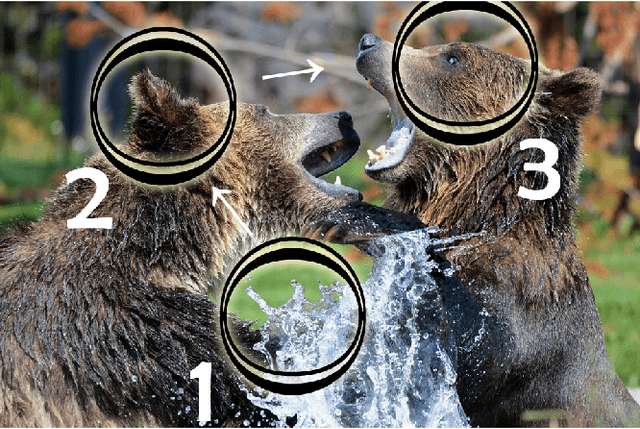
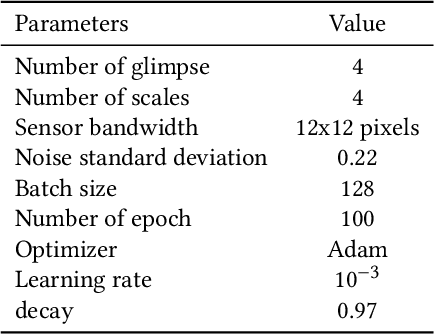
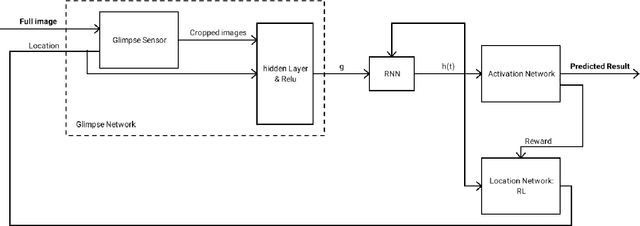
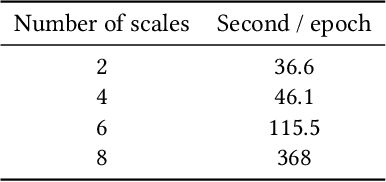
Abstract:Recent models for image processing are using the Convolutional neural network (CNN) which requires a pixel per pixel analysis of the input image. This method works well. However, it is time-consuming if we have large images. To increase the performance, by improving the training time or the accuracy, we need a size-independent method. As a solution, we can add a Neuronal Attention model (NAM). The power of this new approach is that it can efficiently choose several small regions from the initial image to focus on. The purpose of this paper is to explain and also test each of the NAM's parameters.
 Add to Chrome
Add to Chrome Add to Firefox
Add to Firefox Add to Edge
Add to Edge